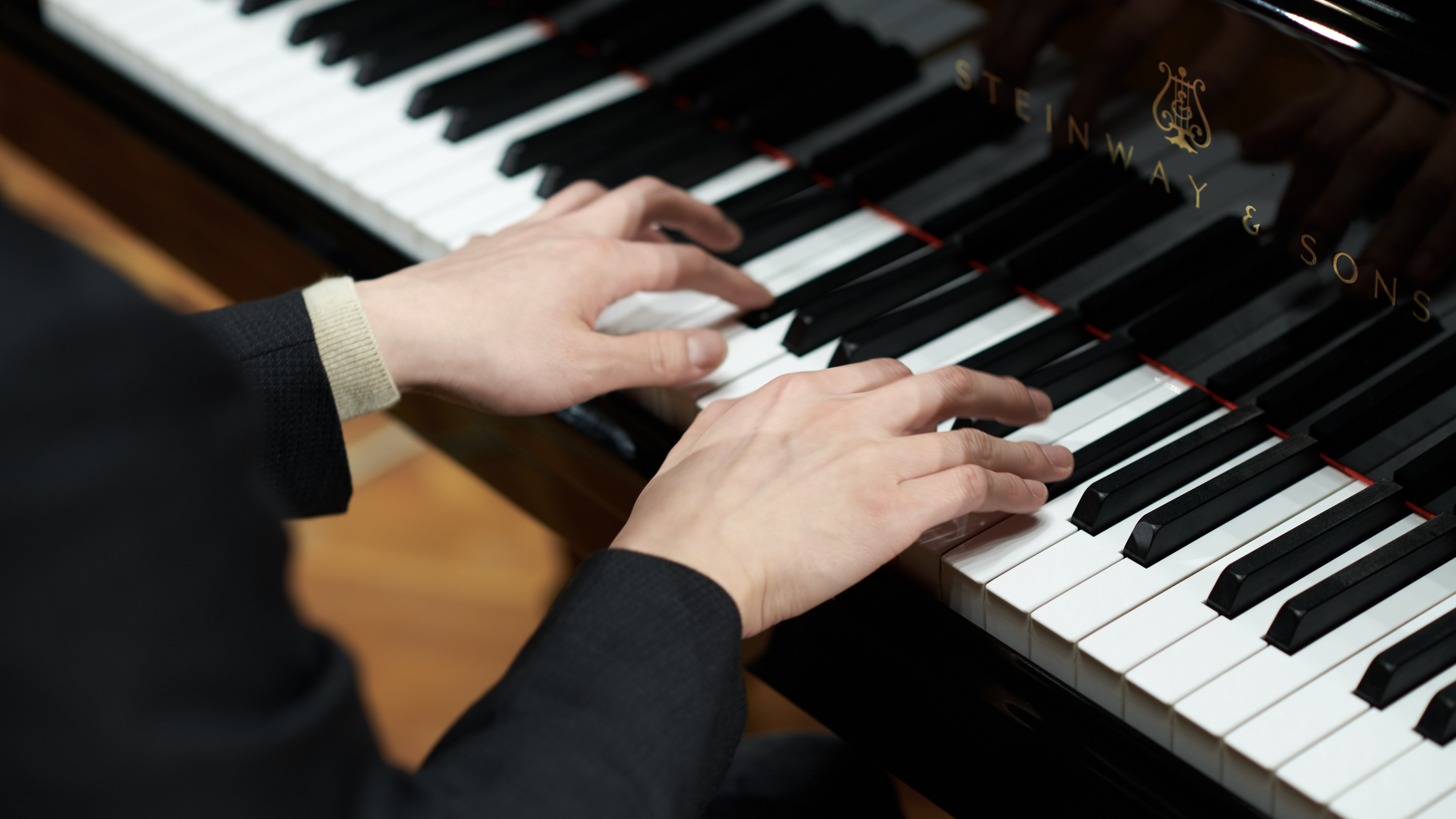
The prelude was originally an improvised warm-up; a preparation for something bigger. It’s all in the name: “prelude” comes from the Latin “prae” (before) and “ludere” (to play). The term first appeared in organ, piano and lute music from the 15th century, where it functioned as an introduction to the musical works that followed. The prelude later freed itself from this structural constraint, and began to function as an independent piece of music. It seldom followed a fixed form. Especially in their earlier incarnations, preludes offered musicians complete freedom to display their imagination and technical prowess.
A contrasting pairing
From its origins in traditional improvisation, the prelude became increasingly complex. During its heyday in the 18th century, it was often the opening piece for the Suite, a popular form featuring a sequence of movements based on dances. It also developed into a playful counterpart to the strict, contrapuntal fugue. At the time, Baroque keyboard music frequently featured two completely contrasting types of movement, the prelude and the fugue. Johann Sebastian Bach’s ground-breaking Well-Tempered Clavier is a cycle in which the composer sends the pairing of “prelude and fugue” movements through all major and minor keys.
Equally effective on their own
necessarily have to be connected to a fugue or another work. Composers such as Frédéric Chopin, Alexander Scriabin, Claude Debussy, Sergei Rachmaninoff and Dmitri Shostakovich transformed the prelude into character pieces. These demand of the performer not only technical fluency, but also the ability to bring out particular moods and emotions.

What is a mazurka?
What the Viennese waltz is to Austria, the mazurka is to Poland: a dance that is inextricably linked to the nation’s identity.

What is a prepared piano?
A piano can be so much more than a piano: percussion, noise machine, gamelan orchestra...

What is a piano sonata?
Anyone who plays the piano – whether professional or amateur – cannot avoid it: the piano sonata. But what exactly is it?